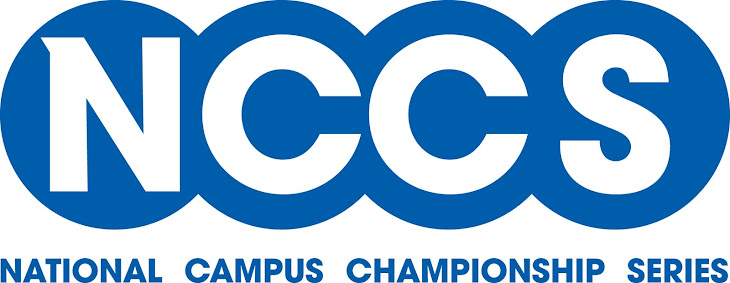First of all, most of you are aware that the National Championship will be played at the NCAA Final Four site in Detroit, Michigan . Our intramural sports teams must qualify for the National Tournament by winning one of eight regional tournaments held throughout the country. For a list of those regional tournaments, go to http://www.nirsa.org/Content/NavigationMenu/Sports/Basketball/basketball.htm on the NIRSA web page.
Each of these eight regional tournaments is an open tournament, meaning any of our intramural teams can sign up and compete. They don't have to be our campus champions. ANY team that meets our eligibility criteria can enter and play. The cost to enter each of these tournaments is set at $300. Each of these eight tournaments will send a men's team and a women's team to the national tournament.
Each qualifying team will receive a $3000 stipend to cover costs of hotel, travel, and other expenses (except for the four closest teams from Miami and Western Michigan -- which will receive $2500 each) . Since hotel reservations for teams needed to be made in advance, the NNC has committed part of this $3000 to each qualifying team's hotel expense. One less thing for teams to worry about, right? The remaining balance of their stipend can be used for travel, food or other expenses incurred.
The regional tournament directors will determine which teams advance. Of course, winning teams will be offered the first right of refusal to attend. If the winning team can not attend, the regional tournament director will offer the "bid" to the runners-up. We will have 16 teams present at our championship, each of which will have qualified through competition.
POWERade is the title sponsor of our national basketball program. They were instrumental in getting the NCCS access to the Final Four and have accepted a substanital financial burden to make it happen. Additional partners in this event include Champion, who will be providing apparel for teams and staff at the national tournament. CBS College Sports will be televising parts of the men's and women's tournaments, and will televise, in their entirety, the championship games for each division. These games will be televised live nationally on CBS College Sports. These partners provide significant enhancement to the student experience and provide substantial value to our regional and national tournaments.
Now, I know the current economic environment is pretty dismal. But, because of our business partners and thier support of our championship format, we are in a very good position to continue to provide a very high quality experience at our National Basketball Tournament. Our students should see enhanced quality and access. To provide that, in these times, is pretty darn good.
So, please do what you can to (1) inform your intramural teams about the opportunities at your region's NCCS tournament(s), and (2) support your intramural teams if they show interest in attending.


